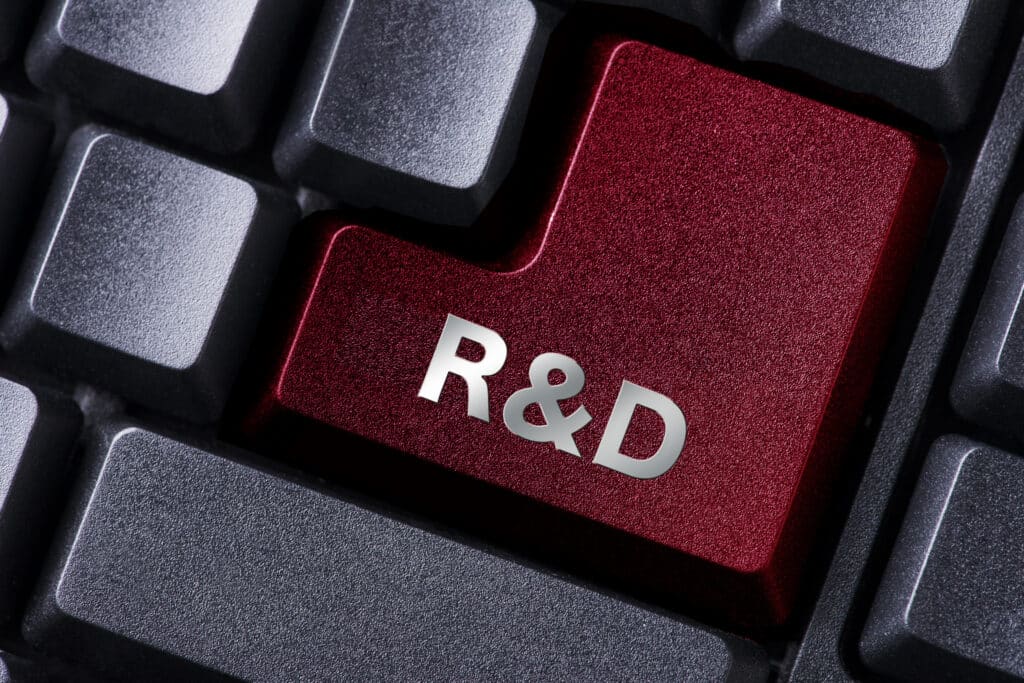How The Future Of Aerospace Hinges On R&D Investments
The Future Of Aerospace is Bright
Over the last year, we’ve all endured significant hardship, uncertainty, and misfortune. Though coronavirus has undoubtedly overstayed its welcome, scientists and medical professionals are working hard to give it the boot. Fortunately, this is giving us hope that normalcy is on the horizon. Even still, COVID-19 has left a trail of irreparable damage in its wake, devastating businesses, communities, and economies alike. The aerospace industry, in particular, has been ravaged by the pandemic.
Before COVID-19 had us under its contagious thumb, the aerospace industry was prepared to roll out tremendous developments. More specifically, R & D investment in aerospace was going towards advanced technologies, increased manufacturing, and next-generation systems. With these investments, advancements were slated for rapid completion. Unfortunately, coronavirus saw a different future in its crystal ball.
Commercial aviation, for instance, saw a steady decline at the start of the pandemic. Within the first few months, passenger volume fell by 90 percent. These figures stayed on a downward trajectory, prompting aerospace supply chain entities to spring into action. To combat growing unemployment rates and to contain costs, these operations moved quickly and aggressively. Despite these efforts, suppliers have reduced R&D investments and have even shut down their research departments.
This reality doesn’t bode well for the launch timing of future aircraft. In 2019, the aviation industry developed several cutting-edge innovations. From automating inspections to reducing layup times, numerous state-of-the-art changes were being introduced. With the aerospace industry seemingly stagnant, experts fear that these technologies won’t mature well. Only through financial recovery will this equipment stand a chance.
However, this recovery period is only in its infancy. For the aerospace industry to return to its pre-pandemic state, people need to start flying again. While airlines are making noble attempts to keep passengers safe, many aren’t willing to put their health at risk. For safety reasons, airlines are limiting onboard interactions and taking increased measures to disinfect all surfaces. Even with these added precautions, individuals aren’t as keen to travel.
As a result, the airline industry continues to plunge, creating fewer jobs and less income. With more vaccines being approved, experts have faith that people will soon return to the skies. Until then, companies are being urged to invest in the developments that are happening in aerospace. After all, businesses that have taken a vested interest in innovation during economic slowdowns have been better equipped to capitalize on recovering markets. Urban air mobility, space, and defense are still investing, making these sectors ripe for the picking.
In essence, aerospace’s future looks bright, but it pales compared to what the industry experienced before coronavirus. Authorities maintain that the underway pre-pandemic efforts can still be realized through R & D investment in aerospace. Resuming this funding won’t happen immediately, but these investments are critical to post-pandemic growth. As we continue to live through this unceasing health crisis, only time will tell how aggressive financing will impact the aerospace realm.
Procure Aerospace Fasteners from AMI
AMI is an AS9100 and ISO:9001 accredited, vertically integrated manufacturer of high strength, close tolerance aerospace pins, bolts, threaded rods, studs, screws, and built-to-print specials.
Our clientele includes industry-leading OEMs like Boeing, Bombardier, DLA, General Electric, Lockheed Martin, and Sikorsky.
We are a Philips Screw licensee that specializes in both large and small runs. Whether you need a prototype or large runs for your assembly line, you can rely on AMI for rapid delivery and short lead times.





